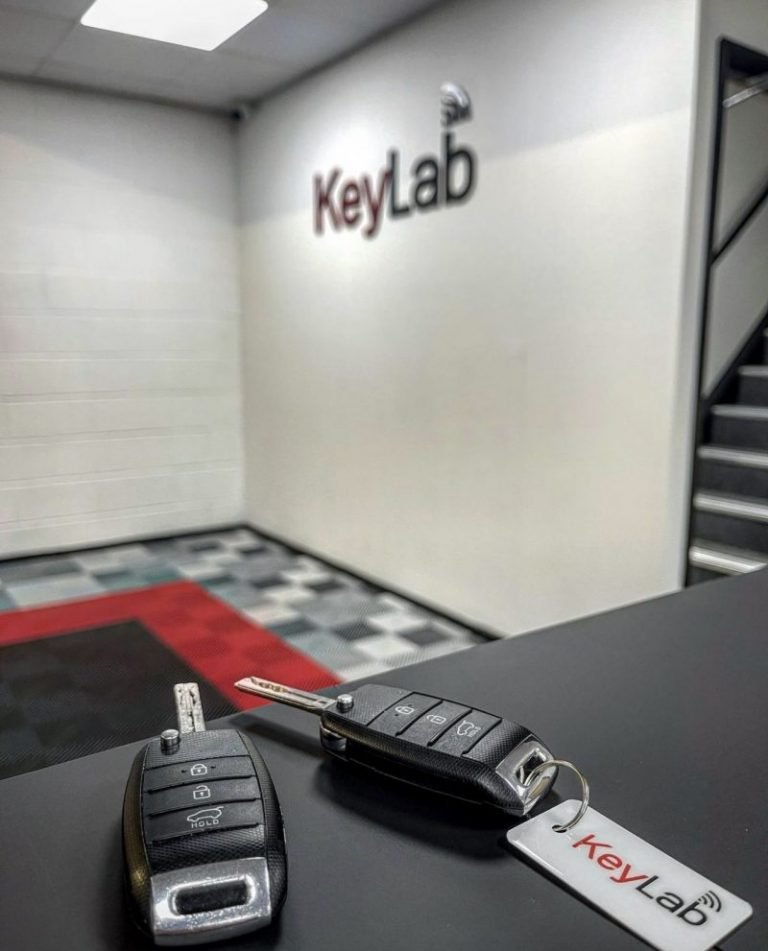What Is Car Diagnostics?
Car diagnostics can be used to identify the issue with the car. This includes analyzing all kinds of vehicle equipment. However, it is more commonly used to refer to electronic-controlled vehicles. During the diagnostic procedure, your car's fuel supply air filters, fuel supply, and sensors are inspected to determine whether anything is in error. The engine management software of your car will search for codes that are related to different components.
Check engine light
The Check Engine light indicates that your car is experiencing issues. The check engine light may flash or remain for a prolonged period. Whatever the cause it is essential to have your car looked at by a professional mechanic. If you do not address the issue you could end up damaging the system for regulating emissions in your car and that includes your car's catalytic converter.
To determine the reason of the check engine light, you have to understand how cars function. Cars have computers that communicate with their driver through icons. The engine-shaped icon that is orange in the instrument cluster switches on when a problem is detected by the computer onboard. The causes of these problems be anything from a minor overheating problem to something much more serious.
A check engine warning light can indicate a problem with the car's emission control system. This indicates that there is an issue with your car's emission control system. This can make it unsafe to drive. If the problem isn't addressed quickly, it could cause more damage to your vehicle and may require costly repairs. While the check engine light is not always a danger to drive with however, it shouldn't be ignored.
An OBD-II scanner is available for those who aren't certain of what the issue might be. They can be costly however they can provide you with an idea of what is wrong. Based on the severity of the issue they will help you determine the next step. Don't panic if the check engine light comes on in your vehicle. Instead, remain cool and observe your car's symptoms. Make sure you pull over as soon possible.
Oxygen sensor tests

There are two main ways to check the oxygen sensors in your car. First, you can use an OBD2 scan tool to check the voltage on your oxygen sensor. If the sensor is operating correctly, the voltage will change from rich to lean with a steady rate. The voltage should range between 0.1 and 0.9 volts. It could be that the oxygen sensor is not functioning properly if it fluctuates.
If the readings remain constant the oxygen sensor is functioning properly. It should be within the range of 100mV-900mV. It should be within the range of 100mV-900mV. If it is lower than this, it is a sign of the presence of a problem. If the readings are higher than the range It is likely the sensor is not functioning properly. Then remove the hose from your PVS valve. This will allow for a substantial amount of air to flow into the engine.
A voltmeter is the ideal method of determining the voltage of the O2 sensor in your car. You'll need an o2 voltmeter that is of high-quality. This is because the voltage from the car's O2 sensor must be between one millivolt and one volt.
If you are not sure of the voltage, you can also check it with the aid of a multimeter. The multimeter can give you a reading from upstream and downstream oxygen sensors. Before you test your multimeter, heat up your car. The voltage on your digital multimeter will quickly fluctuate between 0.01 volt and 1.01 volts when it's warm. The oxygen sensor could be malfunctioning in the event that the readings don't fall within this range.
Diagnostics cost
When it comes to the cost of car diagnostics , there are a variety of factors that impact the final price. Most problems are relatively straightforward however in certain instances, a complex condition can be quite expensive. For instance, you could discover that you must replace some parts of your engine. If this is the case, consider getting another opinion. Also, remember that certain auto repair shops charge you more for diagnostic tests. Avoid being taken advantage of by choosing an honest auto repair shop that has a good reputation.
You can also buy an online car diagnostic tool for as little as $25. These tools are similar to the ones used by mechanics and auto parts shops. These tools will help you find the issue before taking it to mechanic.
A general diagnosis costs between $88 to $111 on average. The shop can request additional time or funds to determine more complex problems. These costs are usually less than the total price for repair. However, you must be aware that these costs are only the start of the cost.
While the cost of a diagnostic test might be higher than other repairs however, it's important to realize that you're investing for the rest of your life in your vehicle. Diagnostic tests for cars can help spot a problem before it turns into a major expense.
Signs of a problem with the car system
One of the most important systems in a car is the electrical system, which controls the lights. The lights keep drivers safe and illuminate the interior, especially at night. If your lights suddenly stop working or are dimming, it could be an issue with your electrical system. This could be a sign of a problem with the alternator belt or an aging battery.
